Have you ever returned from a trip and struggled to recall all the details of your adventures? Do you wish you had a way to preserve the sights, sounds, and emotions of your journeys long after they're over? If so, you might want to consider travel journaling.
Keeping a journal during your travels is a fantastic way to not only document your experiences but also reflect on them and gain new insights. I've kept multiple travel journals over the years (since I began travelling at 18), and they're wonderful keepsakes that allow me to relive my adventures and reminisce about experiences. And referring back to them gives me new insights and perspectives which I use while planning future trips.
This article will explore the art of travel journaling and cover some tips and ideas for getting started. Whether you're an experienced writer or someone who's never kept a journal before, I hope to inspire you to start capturing your adventures on paper.
So, grab a notebook and a pen, and let's dive into the wonderful world of travel journaling and discover how to write a travel journal that works for you! By the end, you'll have all the tools you need to create a travel journal that will help you relive your memories and make the most of your future travels.
Benefits of Travel Journaling
Travel journaling is a powerful tool for enhancing your travel experiences and making your memories last a lifetime. And there are many benefits to recording your thoughts, observations, and experiences during your travels.
First and foremost, journaling allows you to reflect on and process your experiences in real-time. Writing down your thoughts and feelings about a particular place or activity can help you gain a deeper understanding of your own reactions and emotions. This can be particularly helpful when travelling to new or unfamiliar destinations, where you may encounter unexpected challenges or surprises.
In addition, journaling provides a valuable record of your travels that you can look back on in the years to come. Your journal can serve as a time capsule of sorts, capturing not just the sights and sounds of the places you visited, but also your own personal journey and growth.
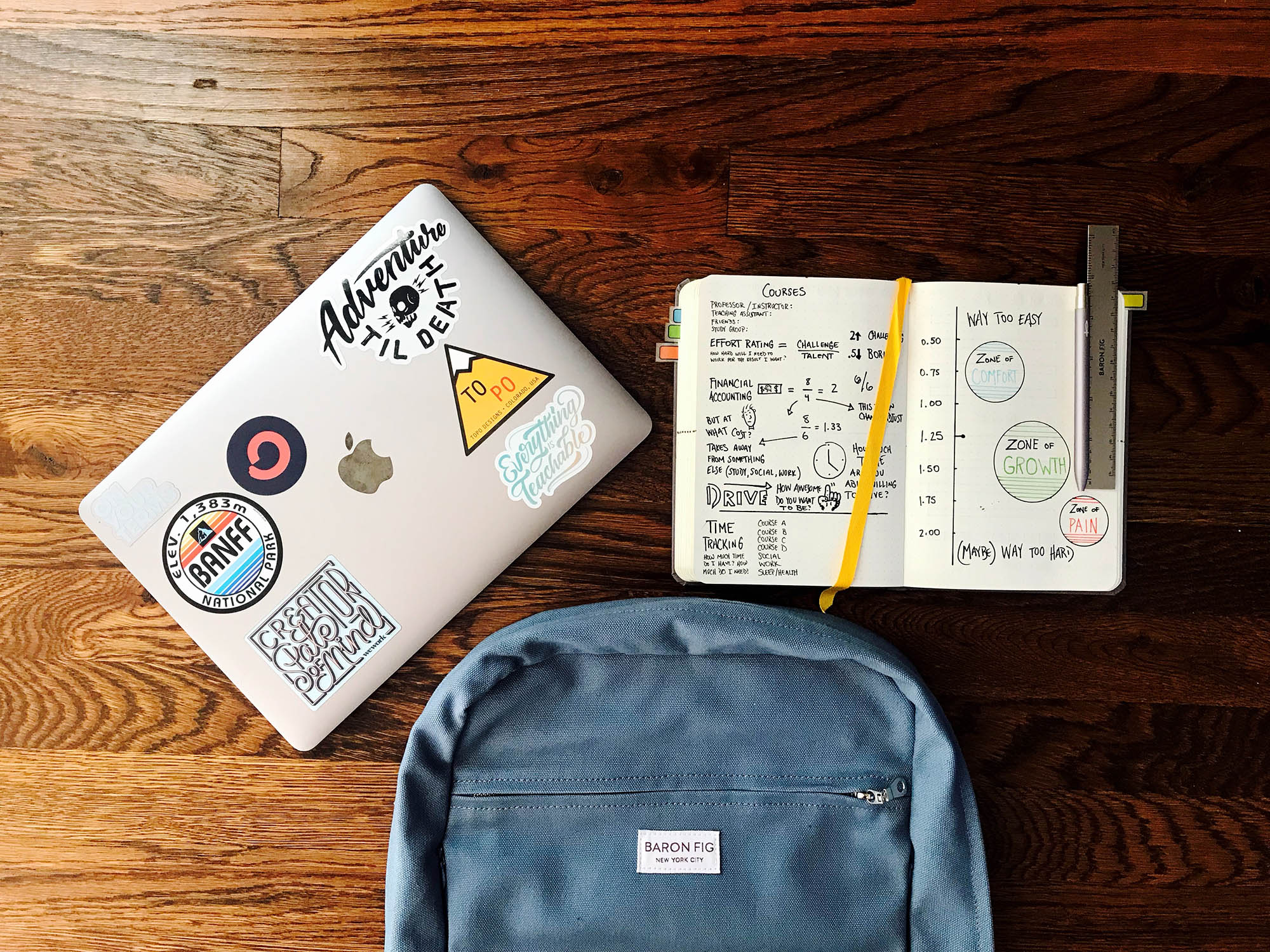
And it can help you stay present and engaged during your travels. By taking the time to write about your experiences, you're actively processing and reflecting on what you're seeing and doing. This can help you stay focused on the present moment, rather than getting caught up in worries or distractions.
Plus it's a creative and enjoyable activity in its own right. Whether you enjoy writing, drawing, or taking photographs, journaling provides an outlet for expressing yourself and capturing the essence of your travels in a unique and personal way.
Getting Started: Choosing the Right Journal
The first step in travel journaling is selecting the right notebook. While any type of notebook can work, it's important to consider factors such as size, weight, durability, and paper quality when choosing a journal that's right for you. Here are some things to keep in mind:
Size
- Consider how much space you'll need to write down your thoughts and observations. If you're planning to write a lot, you may want a larger notebook, but if you're tight on space or weight, a smaller notebook may be more practical.
Weight
- Remember that you'll be carrying your journal with you, so choose a notebook that won't weigh you down. A lightweight journal can be particularly useful if you're backpacking or travelling long distances.
Durability
- Your journal may be subjected to wear and tear, so consider choosing a notebook that's sturdy enough to withstand the rigours of travel. Look for a hardcover or a durable cover material such as leather or vinyl.
Paper quality
- The quality of the paper can affect how your writing looks and how long it lasts. Thicker paper can prevent ink from bleeding through, while acid-free paper can prevent yellowing and deterioration over time.
While traditional pen and paper journals are the most popular option, you can also use electronic means to document your travels. For example, you might use the Notes app on your iPhone, a digital journaling app, or even a blog to record your experiences.

However, it's worth comparing pen and paper and electronic journaling. On the one hand, electronic means can be more convenient and allow for easier sharing and collaboration. On the other hand, they can be more easily lost or damaged, and may not offer the same tactile experience as a physical notebook.
One of the benefits of traditional pen and paper journaling is the tactile experience it provides. Physically writing down your thoughts and observations can help you feel more connected to your experiences and the places you visit. The act of putting pen to paper can also be meditative and help you slow down and reflect on your travels.
For those who enjoy drawing or sketching, traditional journaling also provides an outlet for creativity. Drawing pictures alongside your musings can help you capture the essence of a place or moment in a way that words alone may not be able to convey. This is particularly challenging on an electronic device, which may not provide the same level of creative flexibility as a physical notebook.
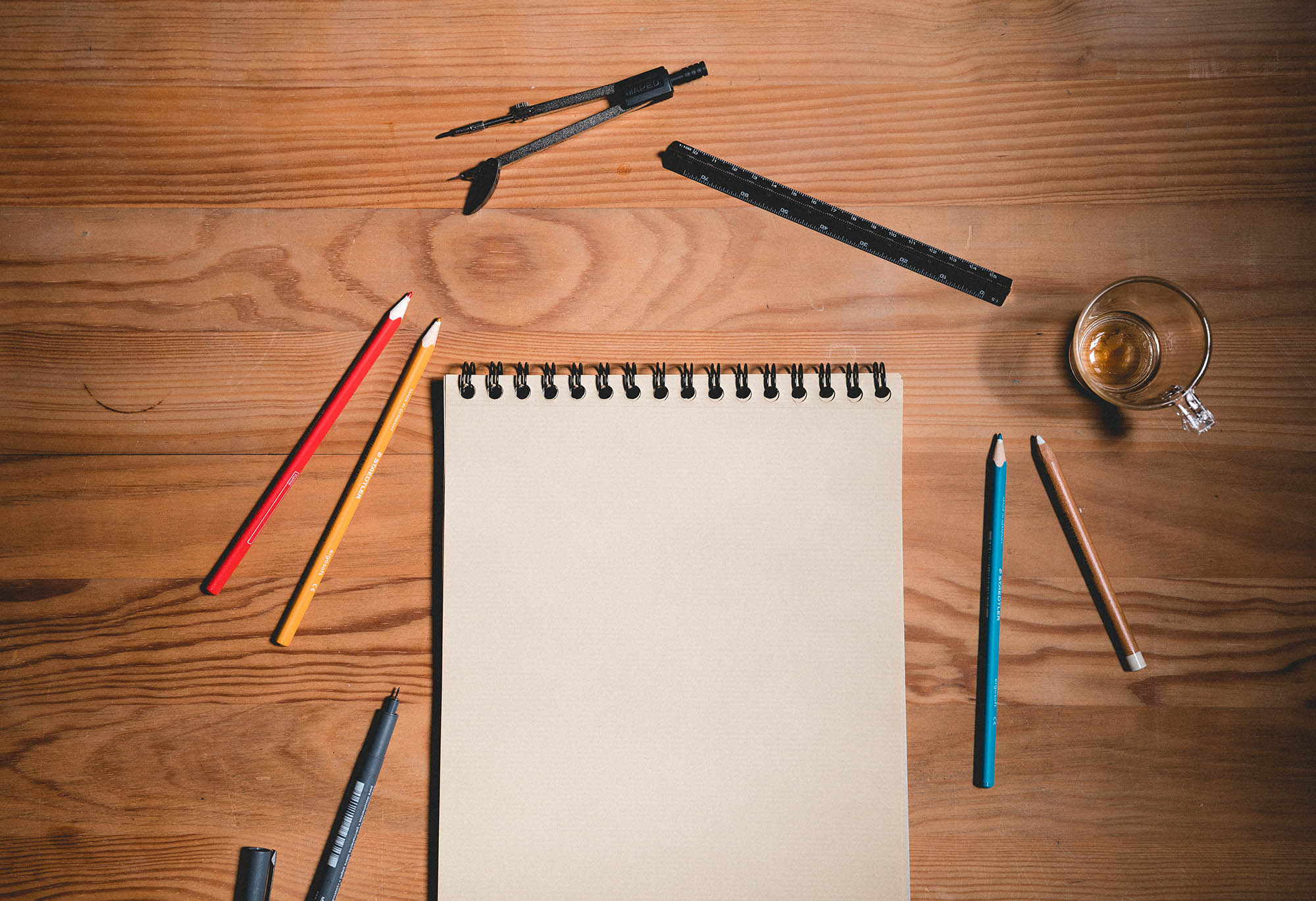
By creating a tactile experience with pen and paper, you can make your travels more memorable and meaningful.
If you decide to go the electronic route, be sure to back up your journal regularly and consider carrying a portable charger - inspiration often occurs in unexpected moments.
Regardless of whether you choose a traditional notebook or an electronic device, the most important thing is to find a method that works for you.
Once you've chosen your journal, it's time to think about what to write and how to fill your entries with engaging and meaningful content.
Let's take a look at some tips and ideas for doing so.
Travel Journal Writing Tips
Here are a few things to consider when writing your travel journal.
Write consistently
- Try to set aside a regular time to reflect on your travels and record your thoughts and experiences. Writing each day is best practice, Even just 10-15 minutes can help ensure that you don't forget any important details and can capture the emotions and feelings of each day's adventures.
Be descriptive
- To create a vivid and engaging record, it's important to be descriptive in your writing. Use all of your senses to paint a picture of the places you visit, the people you meet, and the experiences you have.
Mix it up
- While writing is the most common form of travel journaling, it's not the only way to record your experiences. Consider incorporating other forms of media, such as photos, sketches, or even audio recordings, to create a more multi-dimensional record.
Write for yourself
- Remember that your travel journal is for your own personal use, not for anyone else's. Don't worry about spelling or grammar, or whether your writing is "good enough." Just focus on capturing your own thoughts and experiences in a way that feels authentic to you.
Be reflective
- Writing a travel journal is not just about recording what you did each day. It's also about reflecting on your experiences and what they mean to you. Take time to process your emotions and reactions, and consider how your travels are shaping your perspective on the world.
Stay organised
- Stay organised when writing a travel journal. Consider using tabs or dividers to separate different sections of your journal or create an index at the front to help you quickly find specific entries. If you're using an electronic device, consider organising your notes or files in a way that makes them easy to access and search.
By following these tips, you can create a travel journal that not only captures your experiences, but also helps you reflect on and process your travels in a meaningful way.
Let's explore some ways to incorporate creativity and artistry into your journaling.
Incorporate Creativity and Artistry into your Journaling
In addition to writing, incorporating creativity and artistry into your travel journal can add another layer of depth and personalisation. Here are a few ways to get started:
Sketching
- Even if you're not a trained artist, sketching can be a great way to capture the essence of a place or experience. Don't worry about creating a perfect representation of what you see; instead, focus on capturing the mood, feeling, or atmosphere of the moment.
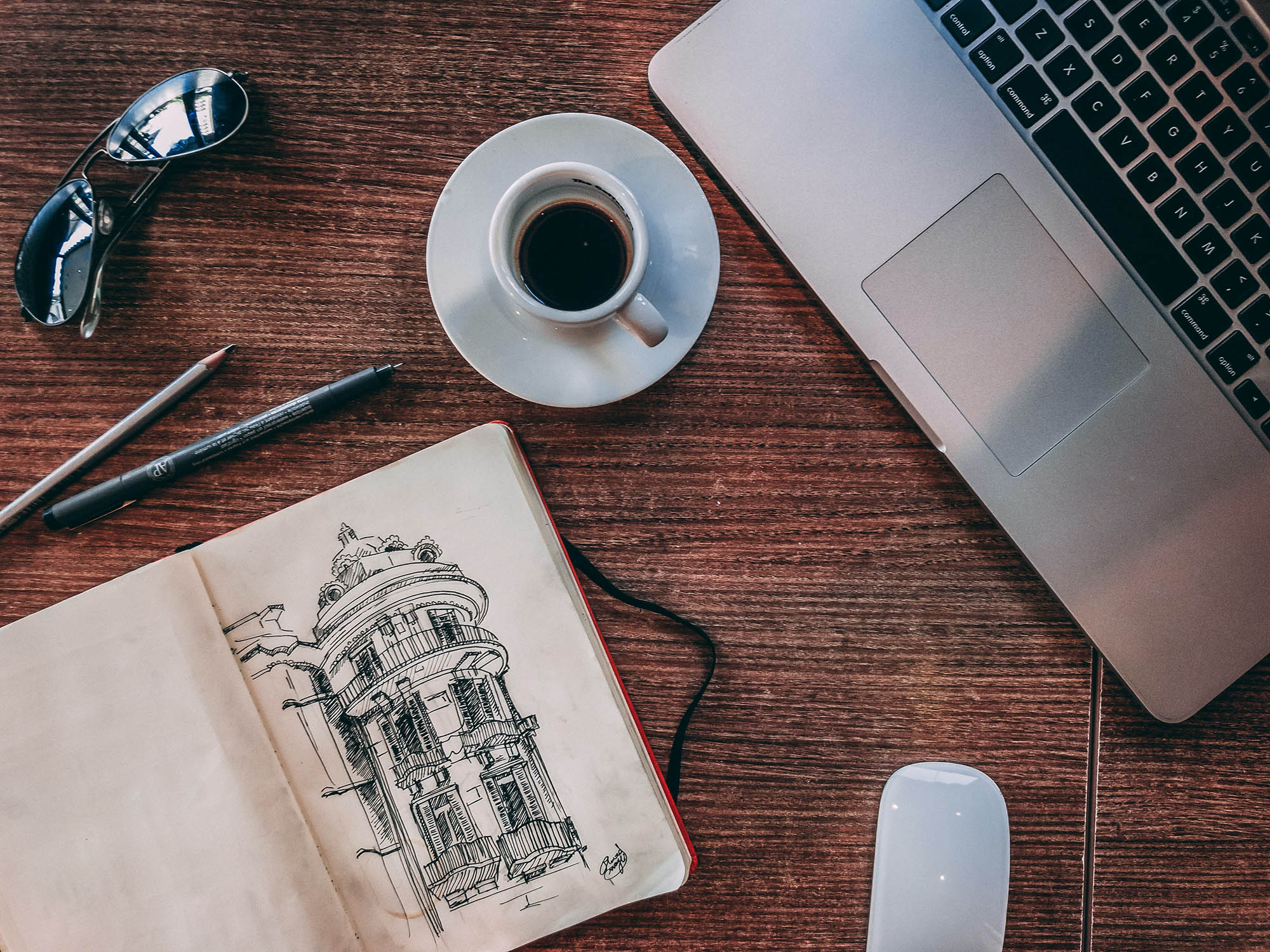
Collage
- Creating a collage of photos, ticket stubs, postcards, and other mementos can be a fun and visually interesting way to document your travels. Use glue, tape, or other adhesive to attach the items to the pages of your journal.
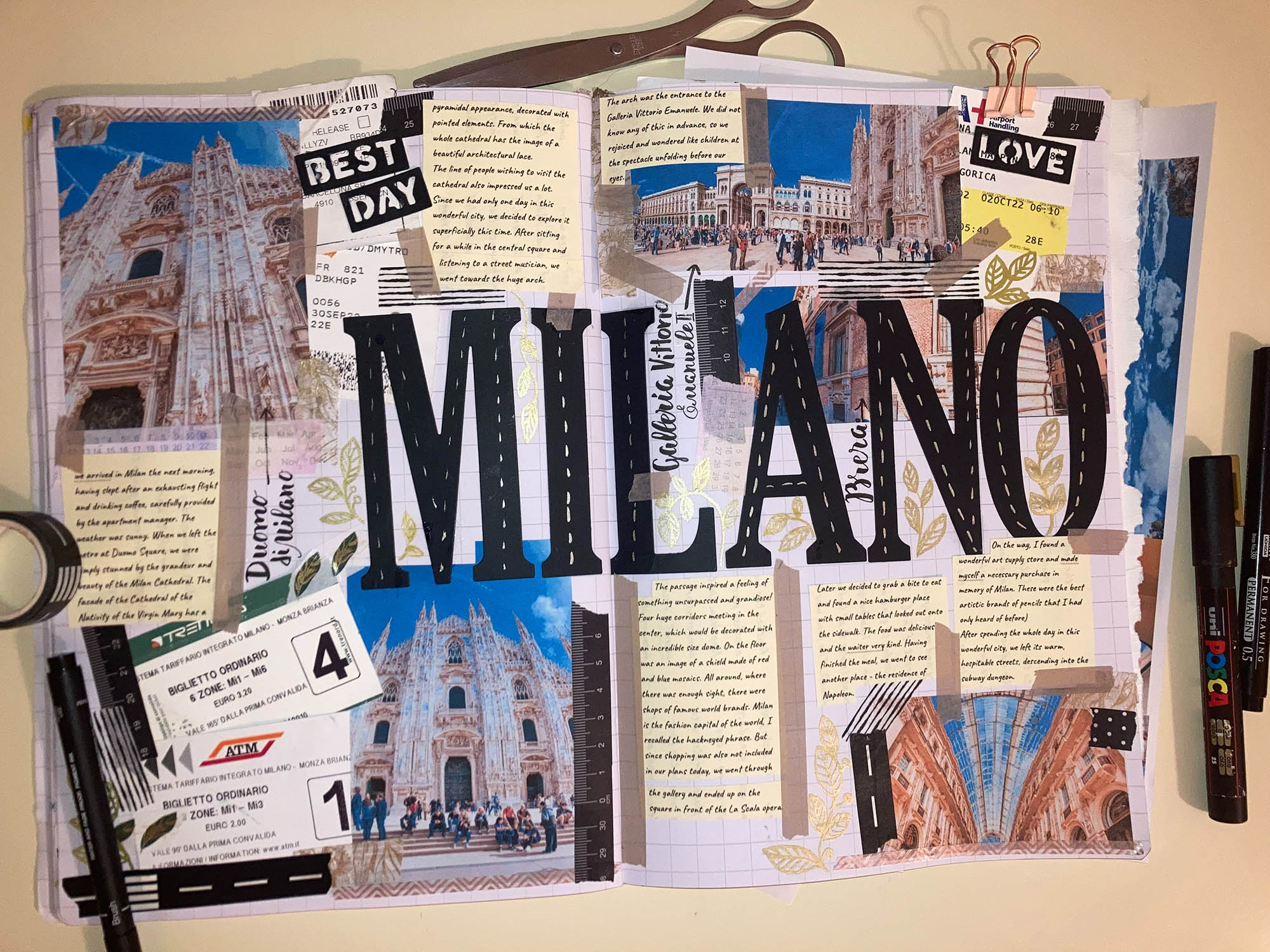
Watercolours or other paints
- If you enjoy painting, consider bringing along a small set of watercolours or other paints to capture the colours and textures of the places you visit. Don't worry about creating a perfect masterpiece; instead, focus on having fun and experimenting with different techniques.

Hand lettering
- If you enjoy typography or calligraphy, consider incorporating hand-lettered quotes or titles into your travel journal. You can also use different fonts or styles to add visual interest to your writing.
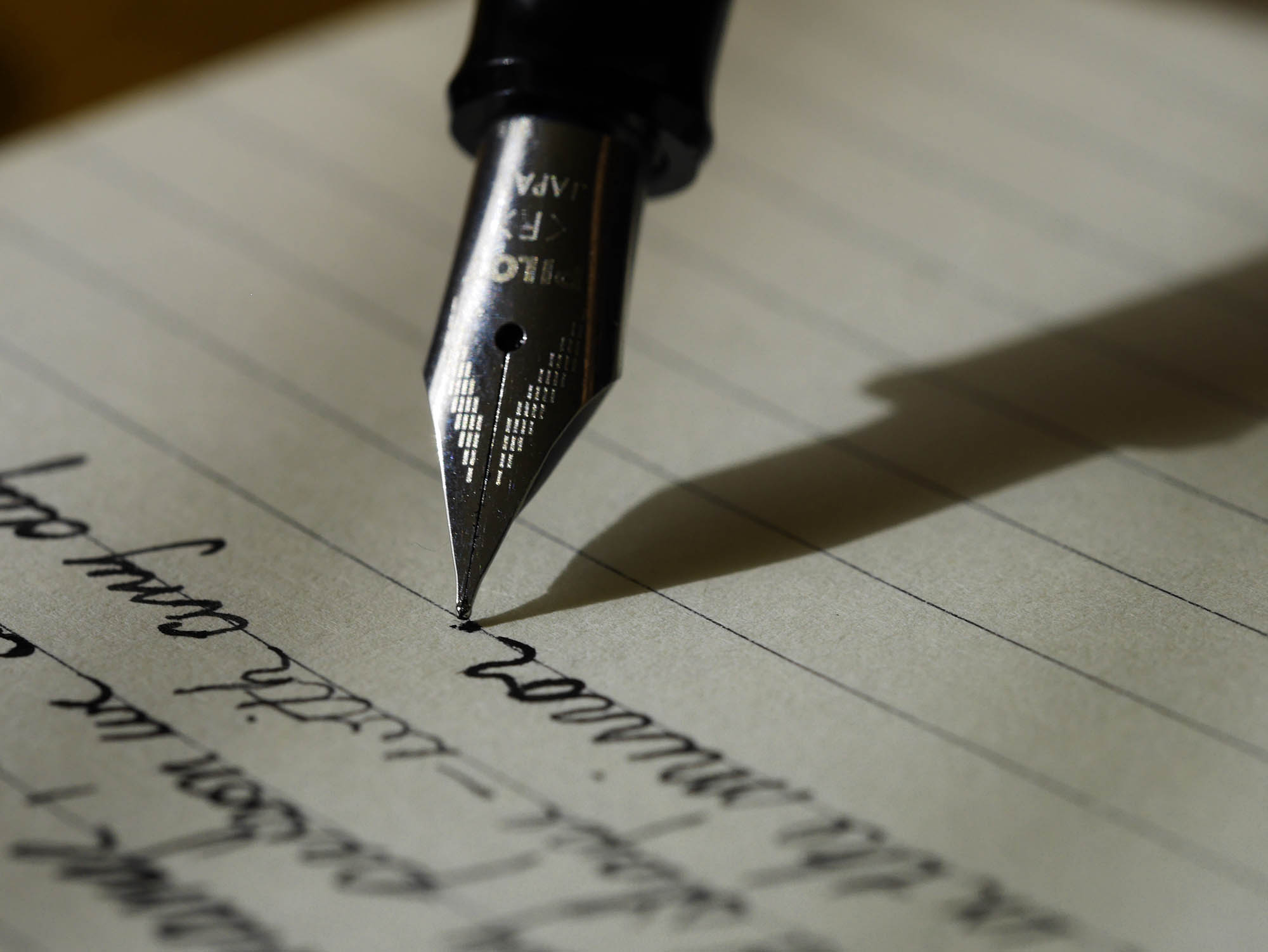
Mixed media
- Don't be afraid to mix and match different creative techniques. For example, you might create a collage with photos, sketches, and hand-lettered titles, or use watercolours to add colour to a page with written entries.
By incorporating these creative techniques into your travel journal, you can create a unique and personal record that reflects your own individual style and perspective.
Now we'll cover some ways to make your travel journal even more meaningful by using prompts and reflection exercises.
Techniques for Reflecting on and Processing your Experiences through Journaling
One of the most valuable aspects of travel journaling is the opportunity it provides for reflection and processing of your experiences. Here are a few techniques you can use to make the most of your journaling practice:
Prompts
- Sometimes it can be difficult to know where to start when you're journaling. Using prompts can be a helpful way to get the words flowing. Some prompts that might be useful include "Describe the sights, sounds, and smells of the place you visited today," "Reflect on a moment from your trip that made you feel grateful," or "Write about a challenge you faced and how you overcame it."
Reflection exercises
- In addition to prompts, there are a variety of other reflection exercises you can use to deepen your understanding of your experiences. For example, you might try writing a letter to yourself from the perspective of someone else you met on your travels, or creating a mind map to explore the connections between different aspects of your journey.
Gratitude practice
- Practicing gratitude can be a powerful way to cultivate a sense of appreciation and contentment. At the end of each day, take a few moments to reflect on the things you're grateful for from your travels. Write them down in your journal and reflect on why they are meaningful to you.
Self-reflection
- Use your journal as a space to reflect on your own thoughts and emotions throughout your travels. How are you feeling? What thoughts are coming up for you? By taking the time to check in with yourself regularly, you can gain a deeper understanding of your own reactions and responses to your experiences.
By using these techniques for reflection and processing, you can make your travel journaling practice even more meaningful and valuable.
Let's now explore some tips for making your travel journal a lasting keepsake of your adventures.
Examples of Travel Journal Entries
One of the best ways to get started with travel journaling is to see examples of what others have written. Here are a few examples of effective travel writing to inspire you and give you a sense of different approaches to journaling:
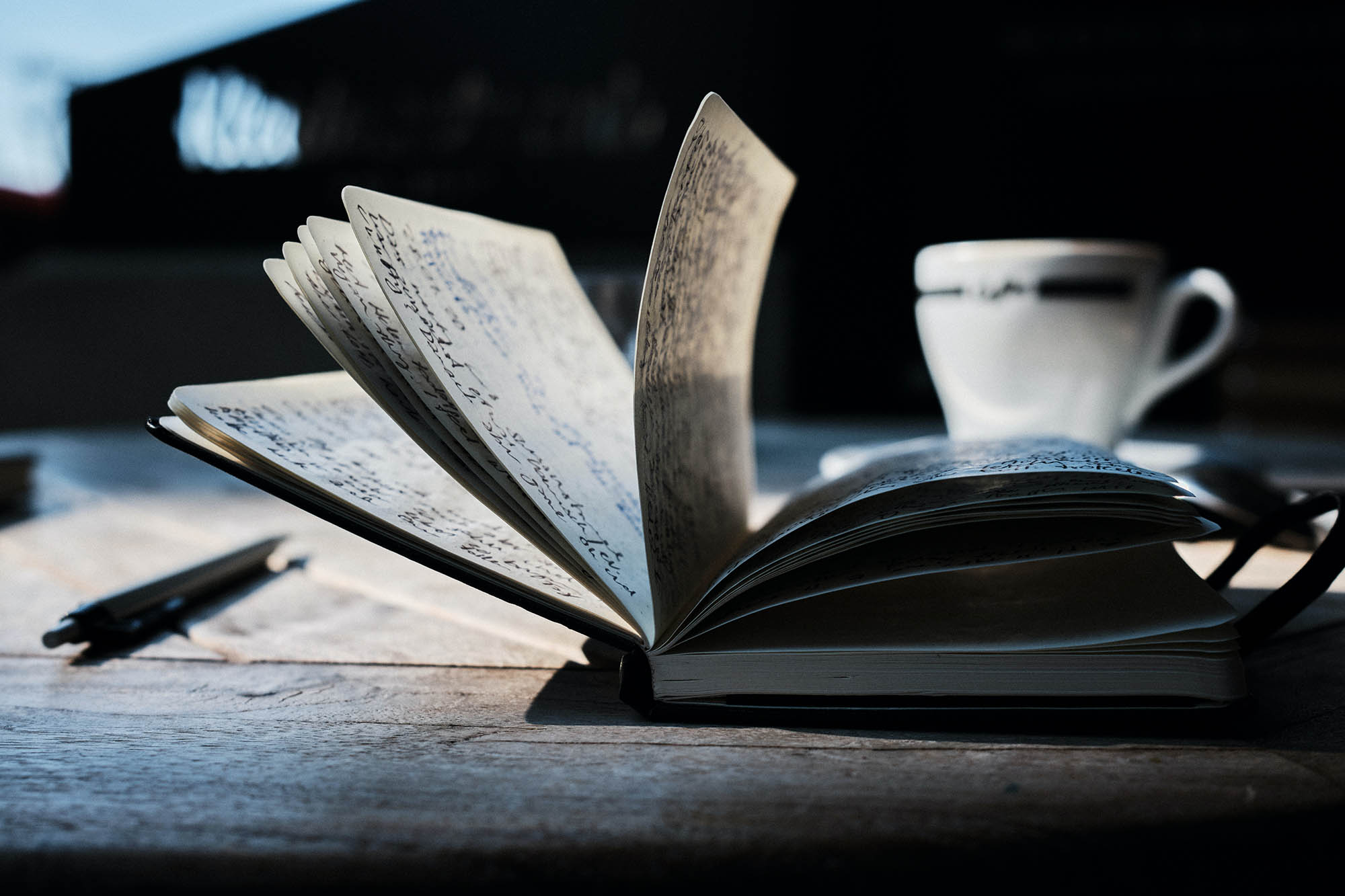
Excerpt from a daily entry
"Today we visited the ancient ruins of Tikal. The towering pyramids and intricately carved stone facades were breathtaking. As we walked through the jungle to reach the ruins, we heard the calls of howler monkeys in the distance. I felt a sense of wonder and awe at the history and beauty of this place."
Reflection on a cultural experience
"As I sat in the temple and listened to the chanting of the monks, I felt a deep sense of peace wash over me. It was a moment of connection with something larger than myself, and it reminded me of the beauty and complexity of different spiritual traditions."
Sketch and description of a local food
"I ordered the sizzling fajitas at the local restaurant, and when they arrived at the table, the aroma was incredible. The peppers and onions sizzled on the hot plate, and the meat was perfectly seasoned. I couldn't resist taking out my sketchbook and capturing the moment with a quick drawing."
As you can see from these examples, travel journaling can take many different forms. Some people prefer to write in a diary-like format, recording the events of each day in detail. Others may focus more on reflection and introspection, using their journal to explore their thoughts and feelings about their experiences. And still others may incorporate sketches or other visual elements into their journaling practice.
The key is to find a style that works for you and allows you to capture the essence of your travel experiences in a way that feels authentic and meaningful. By experimenting with different approaches and drawing inspiration from the examples of others, you can create a travel journal that is a true reflection of your adventures.
Strategies for Staying Motivated to Journal Regularly throughout your Travels
Keeping up with a travel journal can be a challenge, especially when you're busy exploring new places and having new experiences. However, with a bit of planning and motivation, you can create a journaling habit that will allow you to capture your travel memories for years to come.
Here are a few strategies for staying motivated:
Set realistic goals
- Decide how often you want to write in your journal and commit to it. This might mean writing every day or just a few times a week. Whatever you choose, make sure it's a goal that's achievable and sustainable for your travel schedule.
Make journaling a part of your routine
- Incorporate journaling into your daily routine, whether it's first thing in the morning or before bed. By making it a part of your routine, you're more likely to stick with it.
Use prompts
- If you're struggling to come up with things to write about, try using prompts to get your creative juices flowing. You could write about the people you've met, the food you've eaten, or the places you've explored.
Get creative
- Experiment with different approaches to journaling, such as incorporating sketches, photographs, or mementos from your travels. By making your journal visually interesting, you'll be more motivated to keep it up.
Celebrate your progress
- Take time to celebrate your journaling accomplishments, whether it's reaching a certain number of entries or completing a section of your journal. By recognising your achievements, you'll be motivated to keep going.
By incorporating these strategies into your travel journaling practice, you'll be able to stay motivated and committed to capturing your travel experiences.
Examples of Inspiring Travel Journals
Travel journals can take many forms, from simple notebooks filled with scribbled notes to beautifully crafted artistic masterpieces. Here are a few examples of inspiring travel journals to inspire your own journaling practice:

"The Art of Travel" by Alain de Botton
- This book is a unique blend of travel writing and philosophical musings. The author takes readers on a journey through various locations, offering insights into the deeper meanings of travel and exploring the impact it has on our lives.
"Stealing Beauty" by Julie Buxbaum
- This memoir is a personal account of the author's travels through Europe, as she grapples with grief and loss. The book is a beautiful testament to the power of travel to heal and transform, and the importance of capturing those experiences in writing.
"The Best American Travel Writing" series
- This series is a collection of some of the best travel writing from around the world. Each volume features a variety of essays and stories, providing a diverse range of perspectives on travel and adventure.
"The Travel Journal of Antonio de Beatis" by Antonio de Beatis
- This is a historical travel journal from the 16th century, written by an Italian diplomat who journeyed to the Middle East and Egypt. The journal is a fascinating glimpse into the past, offering insights into the politics, culture, and society of the time.
"I Was Here: A Travel Journal for the Curious Minded" by Kate Pocrass
- This is a fun and quirky travel journal, filled with prompts and exercises designed to help travellers reflect on their experiences in unique and creative ways. The journal includes space for drawings, maps, and other visual elements, making it a great option for those who want to incorporate art into their journaling practice.
These examples demonstrate the wide range of possibilities when it comes to travel journaling, and offer inspiration for those who are looking to create their own unique travel journal.
Including specific details in your travel journal can be incredibly helpful in jogging your memory later on. While it can be easy to forget certain details or the names of specific places, writing them down in your journal can help you remember them long after your trip is over.
Journaling Prompts
Some specific details to include in your journal might include the cost of certain activities or meals, the names of specific landmarks or historical sites, or the names of small villages or towns that may be difficult to find on maps or online.
You may also want to include descriptions of the people you meet on your travels, as well as any particularly interesting or memorable conversations you have with them.
In addition to recording these specific details, it can also be helpful to jot down your thoughts and feelings about your experiences. How did a particular place or activity make you feel? What did you learn about yourself or the world around you during your travels?
By reflecting on your experiences in this way, you can gain a deeper understanding of yourself and the world.
If you're having trouble getting started, here are some prompts that you might find helpful:
- What inspired you to take this trip, and what are your hopes for what you'll experience and learn while you're away?
- What are your first impressions of the place you're visiting, and how do they compare to your expectations?
- What are some of the most interesting or memorable sights, sounds, and smells you've encountered so far on your trip?
- How have you interacted with the locals, and what have you learned about the culture and customs of the place you're visiting?
- What have been some of the biggest challenges you've faced on your trip, and how have you worked to overcome them?
- What have you learned about yourself through your experiences on this trip, and how do you think you'll apply those lessons in your everyday life?
- How has this trip changed your perspective on the world, and what new insights or ideas have you gained from your travels?
- What are some of the most meaningful or profound moments you've experienced on your trip, and why do they stand out to you?
- How do you feel about the prospect of returning home after your travels, and what are you most looking forward to in the coming days and weeks?
- What advice would you give to someone who is considering embarking on a similar journey, and what would you want them to know before they set out?
By using these prompts or similar ones, you can begin to reflect on your experiences and record them in a meaningful way. Remember that there's no right or wrong way to journal, so don't be afraid to experiment with different approaches and see what works best for you.
